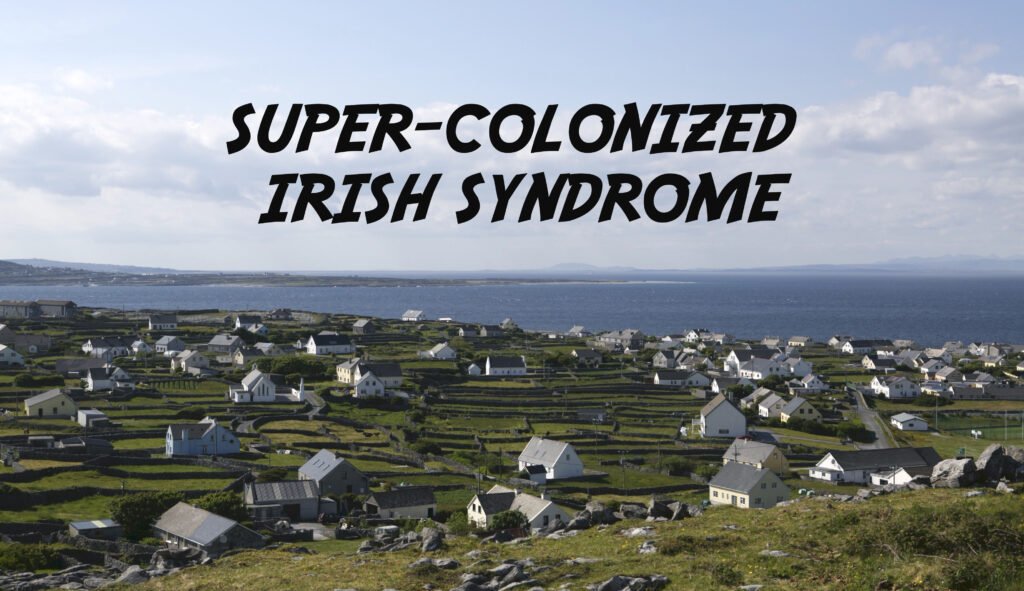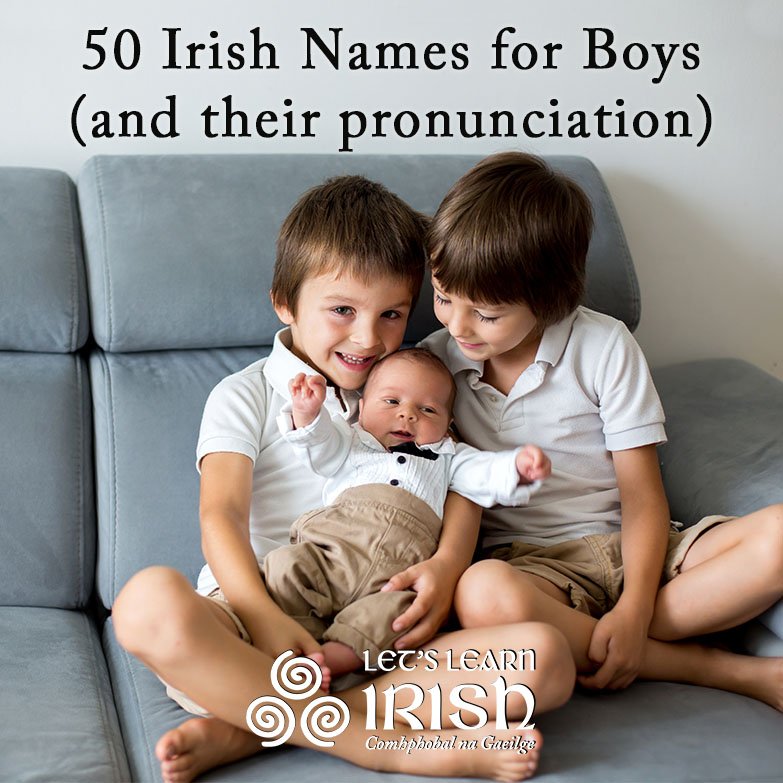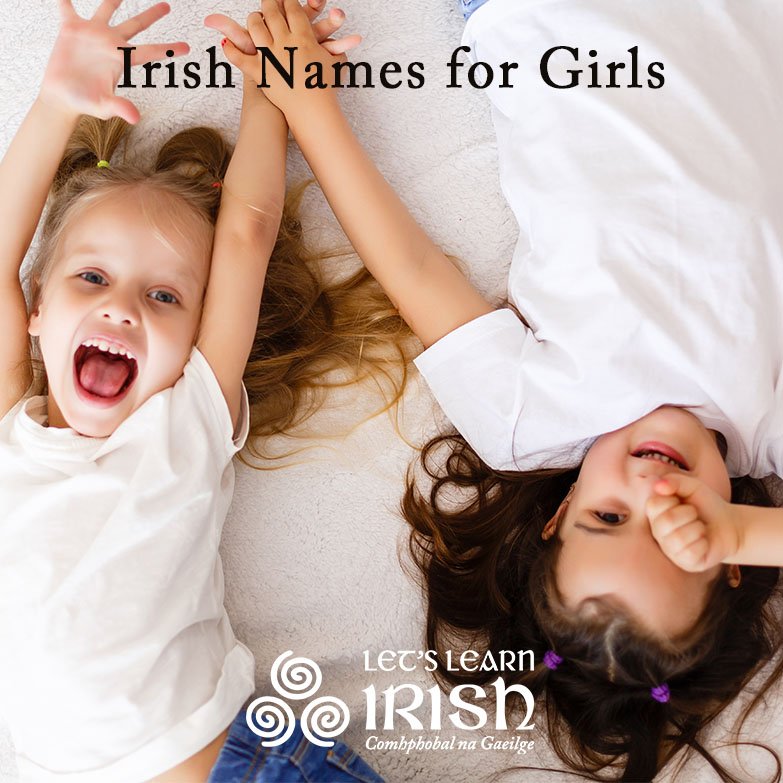The Sapir-Whorf Hypothesis and ‘An Bata Scóir’
Current attitudes to the Irish language can be shown to clearly be the consequence of the success, and extreme brutality, of the English colonization project in Ireland. This is a very difficult situation to overcome because, as mentioned in my previous article, Super-Colonized Irish Syndrome, Ireland’s past is not really ‘past‘. The Sapir-Whorf Hypothesis, also referred to as the Theory of Linguistic Relativity, maintains that the loss of a language entails the loss of a world-view tailored to the centuries of experience shared by those who spoke the language. This viewpoint posits that people who speak different languages see the world differently, based on the language they use to describe it.
What the Science says...
Neuroscience tells us that a language can’t change our reality, but it can help us perceive things differently. For example, ‘dearg’ is the word for a dark or vibrant red, such as red ink, blood, gore, fire, embers, hot iron or the lower layers of soil. Meanwhile, ‘rua’ is a more brownish-red, like a fox pelt, hence the Irish for fox is ‘madra rua’, not ‘madra dearg’.
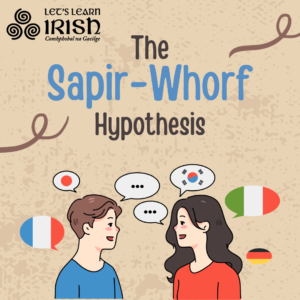 We see this with the Sami people of northern Europe, who allegedly have 180 different words for different types and perceptions of snow. In ‘Language and Decolonisation; A Latvian perspective’, Karl E. Jirgens speaks on this hypothesis. He explains that a language actually shapes the world-view of a people. The Sapir-Whorf hypothesis contends that the grammatical and verbal structure of our language influences how we perceive the world. As Benjamin Lee Whorf argues, “A change in language can transform our appreciation of the cosmos”. In short, our language either determines or influences our very thoughts.
We see this with the Sami people of northern Europe, who allegedly have 180 different words for different types and perceptions of snow. In ‘Language and Decolonisation; A Latvian perspective’, Karl E. Jirgens speaks on this hypothesis. He explains that a language actually shapes the world-view of a people. The Sapir-Whorf hypothesis contends that the grammatical and verbal structure of our language influences how we perceive the world. As Benjamin Lee Whorf argues, “A change in language can transform our appreciation of the cosmos”. In short, our language either determines or influences our very thoughts.
Of course, when we ask ourselves “Why have we become so disconnected from the Irish language?”, it can seem like it’s such an unanswerable question. However, if we start digging a little into the past, we can start to make sense of our modern relationship to ‘An Ghaeilge’. One factor was the role violence played in the promotion of the language and the desecration of our native tongue.
An Bata Scóir
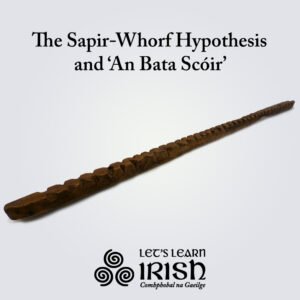 In 1831 the National School system was founded in Ireland, which made English the only language taught in schools. Children were made to wear these sticks around their neck to ‘encourage’ them to learn English. Any child caught speaking Irish in school was punished, yet ‘an bata scóir’ was much more prominent outside of school.
In 1831 the National School system was founded in Ireland, which made English the only language taught in schools. Children were made to wear these sticks around their neck to ‘encourage’ them to learn English. Any child caught speaking Irish in school was punished, yet ‘an bata scóir’ was much more prominent outside of school.
Sadly and quite poignantly, although the English brought it in to discourage the language, it was parents and the wider community that actively got involved in the use and encouragement of ‘an bata scóir’. Each time a child was caught speaking Irish, a notch was marked on the stick, and at the end of the day due punishment was doled out. Anyone in the community could report a child for using Irish! Parents, specifically, made a conscious decision early in the 19th century, and especially after 1831, to begin punishing their children for speaking Irish, even though the parents didn’t have any English! This is from Antoine Ó Mhaoil Earca, as reported to the National Folklore Commission in 1940:
“Biodh faitchios orainn Gaedhilge a labhairt, agus ní raibh focal Béarla ar bith ag na sean-daoine. Is minic a déarad said linn nár thuigeadar céard a biodh ghá rádh againn dá dteighmís chuca ag iarraidh aon rud”.
“We were afraid to speak Irish, and the old people had no word of English. Often they said to us that they didn’t understand what we were saying if we came to them looking for something.”
But why would parents want this? This can seem absurd from our modern perspective, but our ancestors were more than likely focusing on one thing – survival. Nowadays, most of us are hopefully getting most of our needs met on a basic level, in terms of food, shelter etc. Thus, we can look to our spiritual needs and to self-actualization. Most of our ancestors weren’t thinking about their pursuit of enlightenment, they were thinking of food on the table and their children’s future. Encouraging their children to learn English and let go of Irish was a rational, practical choice. English was essential for survival.
The Irish Free State
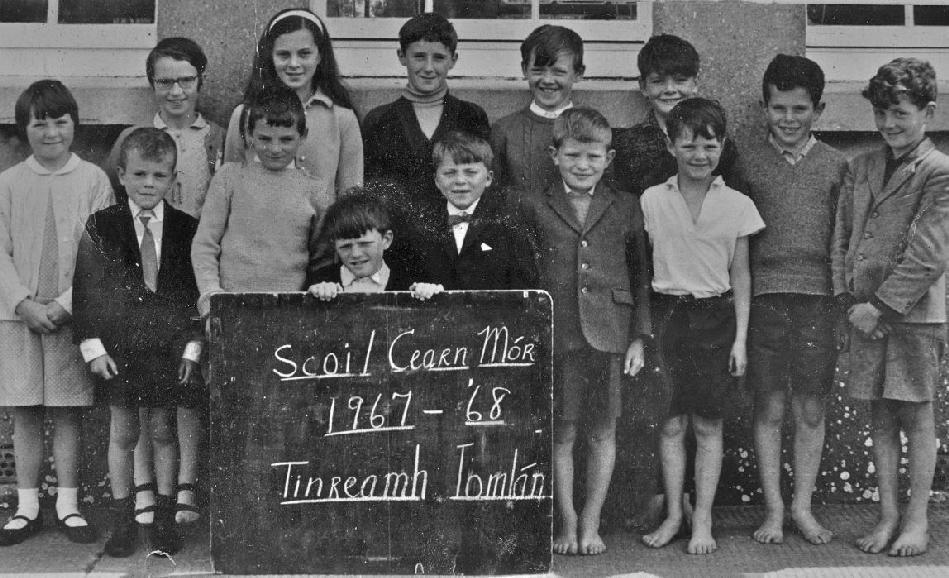
1922 saw the establishment of the Irish Free State, and it quickly began to actively encourage the renewal of the Irish language. Unfortunately and ironically, violence became one of the means in education used to promote the language. I’ve read an account of a student in the 1970’s whose teacher punished students (hit with the strap, write out lines, a kick in the shins, knuckles beat with the side of a ruler) for every time they made a mistake with Irish. As we can see, violence never really encourages the spontaneous growth of learning a language!
I’ve been saying recently at my workshops, that shame is around every corner in Ireland! If you don’t speak Irish you have shame, and yet if you have Irish but meet a native speaker, you also have shame. We’re constantly comparing ourselves to others! The difference now is that we do have a choice, and it’s time enough to let go of it all. Éalaigh ón náire; tá sé sábháilte dom mo theanga dúchais a labhairt arís – Escape the shame; it’s safe for me to speak my native language again!
Related Articles:
– An Gorta Mór and the Irish Language.
– Decolonize Your Hearts!
– Super-Colonized Irish Syndrome.
– The Process of Decolonization.
Bígí páirteach!
Join the online Irish community at LetsLearnIrish.com.
Follow on social media @LetsLearnIrish.

